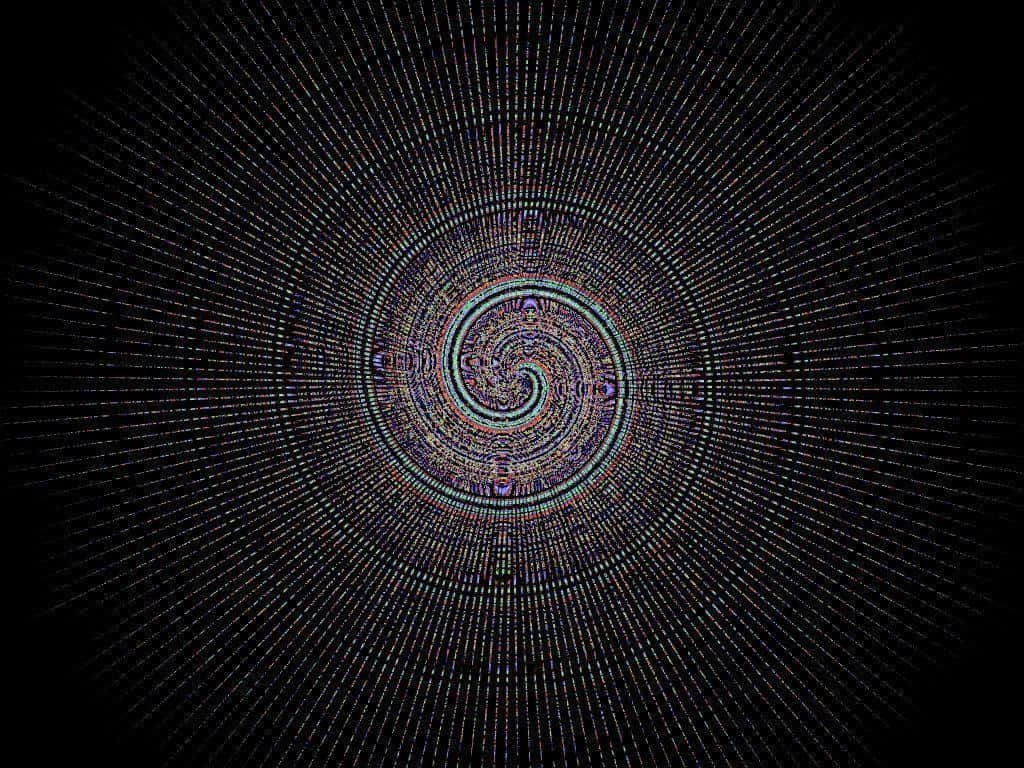Ibogaine and DMT Treatment
Ibogaine and DMT are both powerful psychoactive substances that have garnered interest for their potential therapeutic benefits, particularly in treating substance use disorders and mental health conditions. Here’s an overview of their use in ibogaine and DMT treatment:
Ibogaine
Chemical and Biological Background
- Source: Ibogaine is a naturally occurring alkaloid found in the root bark of the African plant Tabernanthe iboga.
- Mechanism of Action: Ibogaine acts on multiple neurotransmitter systems, including serotonin, dopamine, and NMDA receptors. It is also a kappa-opioid receptor agonist, which may contribute to its unique effects.
Therapeutic Uses
- Addiction Treatment: Ibogaine is primarily known for its potential to interrupt addiction, particularly to opioids. It is believed to reduce withdrawal symptoms and cravings.
- Mental Health: There is emerging evidence that ibogaine may have antidepressant and anxiolytic effects.
Treatment Protocol
- Preparation: Medical evaluation and psychological preparation are essential due to the intense and potentially risky nature of ibogaine experiences.
- Administration: Ibogaine is usually administered in a clinical setting under medical supervision. The treatment session can last 24-36 hours, with the psychoactive phase lasting up to 12 hours.
- Aftercare: Integration therapy and ongoing support are crucial for maintaining the benefits of ibogaine treatment.
Risks and Safety
- Physical Risks: Ibogaine can have serious cardiovascular effects, including arrhythmias. It is contraindicated in individuals with certain medical conditions.
- Psychological Risks: The experience can be intense and challenging, potentially leading to psychological distress.
DMT
Chemical and Biological Background
- Source: DMT is found in various plants and animals and can also be synthetically produced.
- Mechanism of Action: DMT primarily acts on serotonin receptors, especially the 5-HT2A receptor.
Therapeutic Uses
- Psychedelic Therapy: DMT is being explored for its potential to enhance psychotherapy, particularly for depression, anxiety, and PTSD.
- Ayahuasca: A traditional brew containing DMT, ayahuasca is used in both indigenous and modern therapeutic contexts. It combines DMT with MAO inhibitors, extending the experience to several hours.
Treatment Protocol
- Preparation: Thorough medical and psychological screening is necessary. Setting and intention play crucial roles in the therapeutic process.
- Administration: DMT can be smoked, vaporized, or consumed orally in the form of ayahuasca. The method of administration affects the duration and intensity of the experience.
- Aftercare: Integration therapy is essential to help individuals understand and apply the insights gained during their DMT experiences.
Risks and Safety
- Physical Risks: DMT is generally considered to have a low toxicity profile, but precautions should be taken to ensure a safe environment.
- Psychological Risks: The intensity of the experience can lead to psychological distress, particularly in those with pre-existing mental health issues.
Combining Ibogaine and DMT
There is limited research on the combined use of ibogaine and DMT, but some anecdotal reports suggest potential benefits in a sequential treatment approach:
- Synergistic Effects: Some users report that ibogaine can help “reset” the brain’s neurochemistry, making subsequent DMT therapy more effective.
- Sequential Therapy: Ibogaine might be used initially to address severe addiction and withdrawal, followed by DMT for further psychological healing and integration.
Both ibogaine and DMT show promise in the treatment of addiction and mental health disorders, but they carry significant risks and should only be used under professional supervision. Ongoing research is needed to understand better their mechanisms, optimal treatment protocols, and long-term effects.
Get your Quality and top-grade DMT products from DMT for sale store with various DMT products available in stock at an affordable price.

